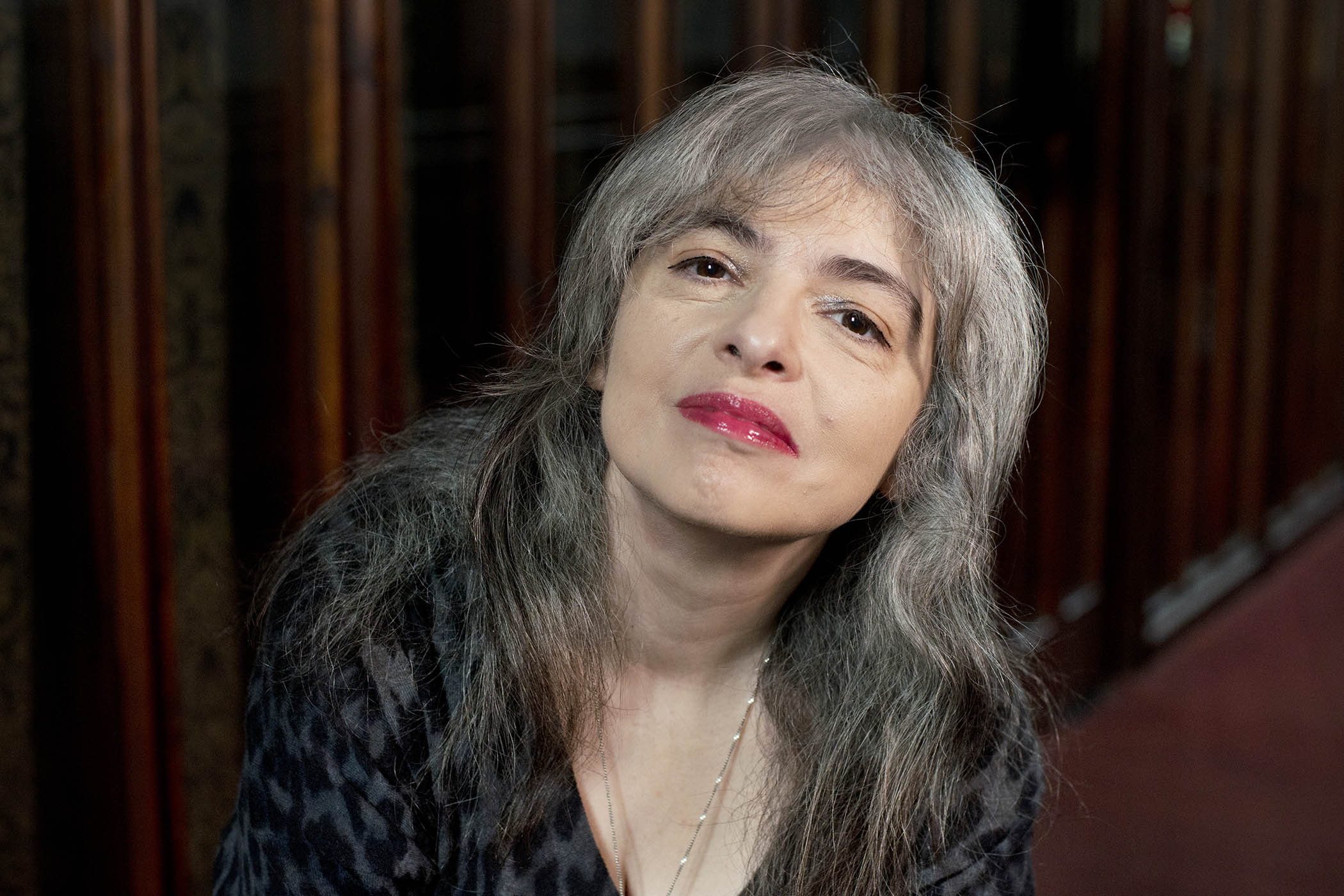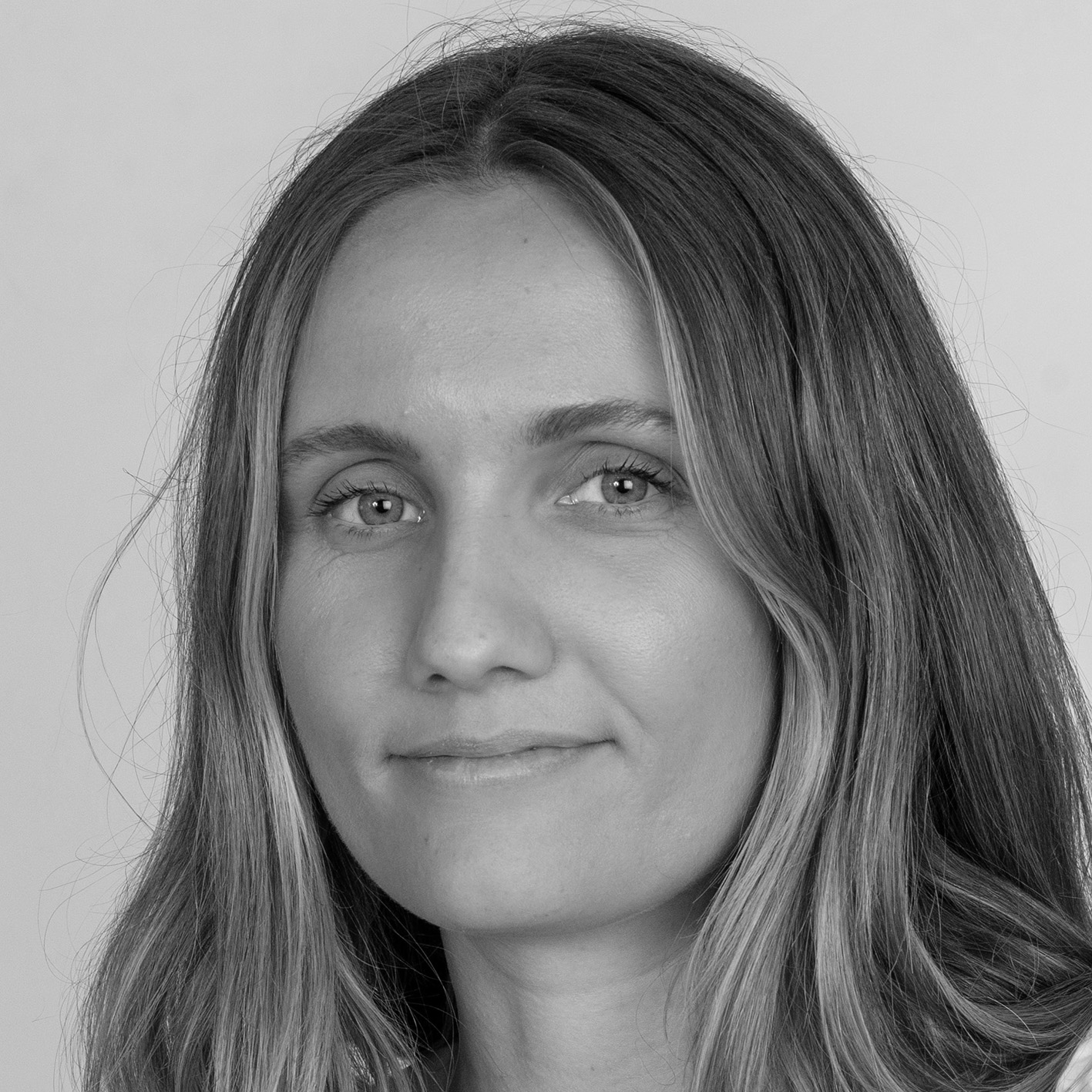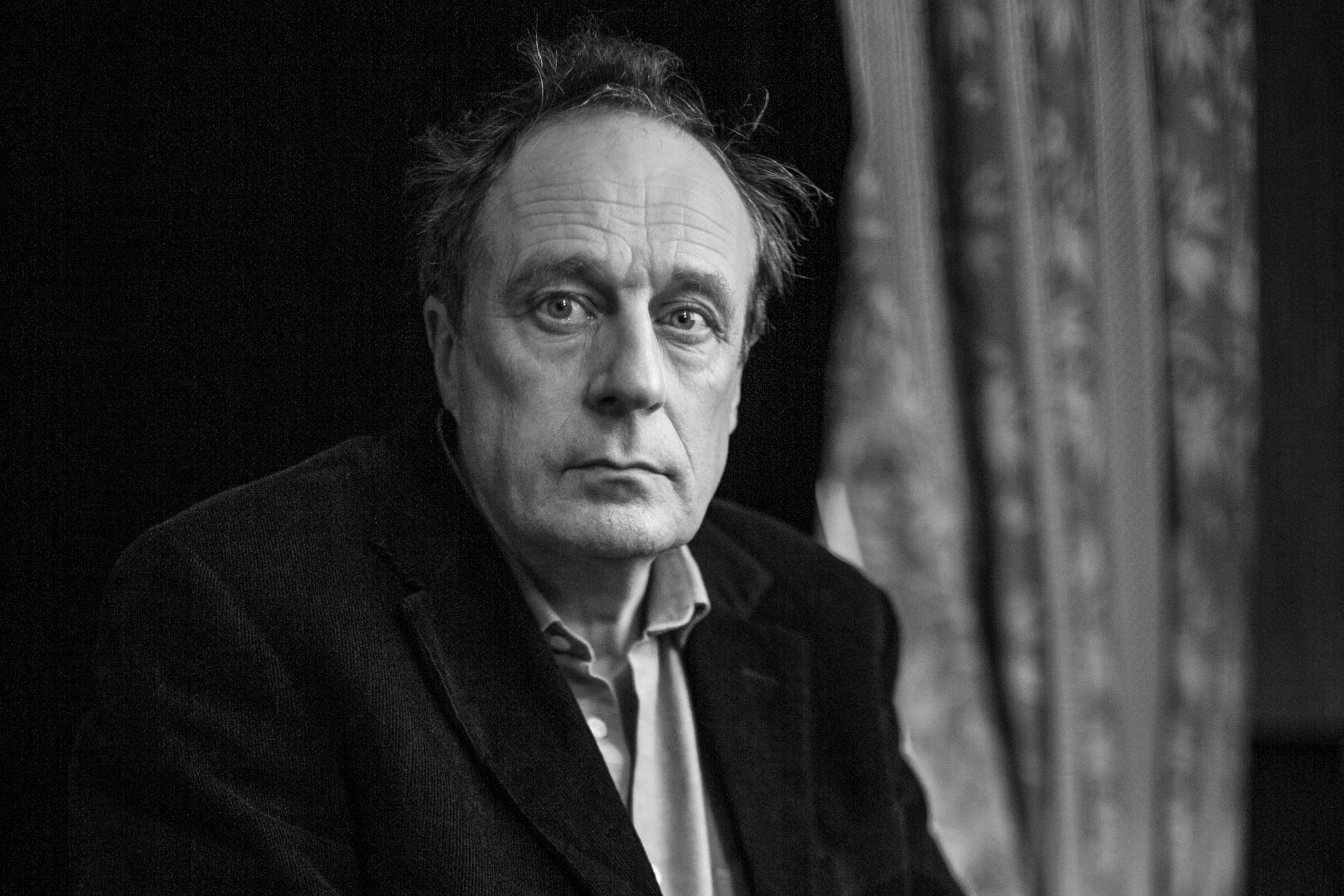Portrait by Sophia Evans
Mariana Enríquez is a celebrated gothic horror writer from Argentina. She is the author of novels and short story collections including The Dangers of Smoking in Bed and Things We Lost in the Fire, in which her sly, sinister writing reflects the horrors of our own world to unsettling effect. Her new book, Somebody Is Walking on Your Grave: My Cemetery Journeys, recalls her time spent in various graveyards, from Highgate in London to the catacombs of Paris. Enríquez met her husband Paul on a charity cycle around the world. Earlier this year, they relocated from Buenos Aires to Tasmania.
Your new book starts with the Flannery O’Connor quote: “There’s a million times more dead than living and the dead are dead a million times longer than the living are alive.” Why did you choose it?
It was a good answer to many questions: why do you care so much about cemeteries? Isn’t this morbid and macabre? To me, the answer was, no, death is absolutely something that is with us all the time. The dead and cemeteries are in a way like a memory. It was a way to say: I’m not obsessed with the present.
Do you think we are too preoccupied with the present?
Related articles:
I hear a lot from people that this is the worst time we have ever lived through. It worries me because to be very catastrophic about the present leaves you paralysed. At a time when we have so many tools to make changes and learn, you choose to say: This is the worst of times, therefore there’s nothing I can do? It’s escaping from responsibility.
Where did your fascination with graveyards begin?
It was with the local cemetery in the city where I grew up, La Plata [in Buenos Aires province]. The mixture of big money European graves and the local, more modest ones was very striking. I used to go there with friends and it was a bit like trespassing. I didn’t really think about the book, I was just taking notes. But at one point I realised the gravitational pull of a grave. Death is a very political thing: the way we die; the way we’re buried; which are the bodies that are remembered. In a cemetery, those are the bodies that matter – the rest are in mass graves, or in the ocean, in the case of my country.
Death surrounded us during the pandemic. Was that a factor in the writing of the book?
One curious thing was that the cemeteries were closed, which is insane. Death was very present, but forgotten. We weren’t together so we couldn’t carry out the ritual of grief: the funeral. Death was rhetorical, it was like a word. People were dying and every day we knew the numbers of the dead, but we barely saw it unless it happened to us individually. I think we have a very inappropriate idea of death.
How so?
I think we fear death too much. Of course we do: it’s the unknown, it’s the end, but the way that we fear it is with avoidance. Cemeteries are lonely places. It’s very rare that I’m in a cemetery and there is anybody else there. So why are we putting our loved ones in spaces if we’re never going to go there?
Has our attitude towards death changed, do you think?
Today, the fear of the old body is totally out of control. In horror movies now, the villains are old women. Weapons: old woman. Longlegs: old woman. The Substance: old woman. Pearl: old woman. Insidious: old woman. In the 80s, the prevalent image was the predator: the male serial killer. Now, it’s the body deteriorating. I’m very mad about it.
Your story collection A Sunny Place for Shady People had body horrors involving plastic surgery and the menopause. Is it harder to write these kinds of stories as the world becomes so obsessed with body modification?
It is more difficult, but we have material as never before. Everything is in such a state of delirium that I have to be careful what I pick from reality because sometimes it’s just too much. It risks becoming too topical or making a comment about culture that is smart, but not intelligent.
Does scouring the internet so often to find inspiration for work make you want to detach from it?
The internet is quite a dangerous place, but I find it immensely attractive and current. Discourse that shapes our life is born there like never before. So the pit of vertigo that is the internet is something that, as a writer, I think is necessary to dive into. It doesn’t stop because we don’t look at it.
In the book, you visit Greyfriars cemetery in Edinburgh – where JK Rowling took names for her Harry Potter characters – and you notice the damage caused by fans. Has social media given rise to tombstone tourism?
Tourism in general is absolutely dependent on social media. There’s a small town in Japan that’s being flooded by people because it’s the best place to get a good shot of Mount Fuji. At Greyfriars, it’s insane because everyone is taking pictures of the same grave. In Highgate, the monument of Karl Marx has become a place to go. When I went, it was the first time since the 19th century it had been vandalised because it was posted somewhere online.
You are adapting several of your stories into a series for Netflix. How have you found the process of writing gothic fiction for the screen?
Pablo Larraín is directing. He did [the Princess Diana drama] Spencer, which is a horror movie without trying to be one. He’s a very smart genre director, and he had a clear idea of what to do with the stories. It’s pretty dark.
You burned the 500-page manuscript of the second novel you wrote. How did you start over after that?
I was in a bit of a traumatic situation in my life. In Argentina, we have this barbecue we use every Sunday, so I just put it there with some coal. If I kept some of it, I would still be toying with it and I thought: tabula rasa, let’s start again. I was a bit extreme; I was 25. Now I’m a much more domesticated person.
Somebody Is Walking on Your Grave: My Cemetery Journeys is published by Granta (£20). Order a copy from The Observer Shop for £18. Delivery charges may apply



